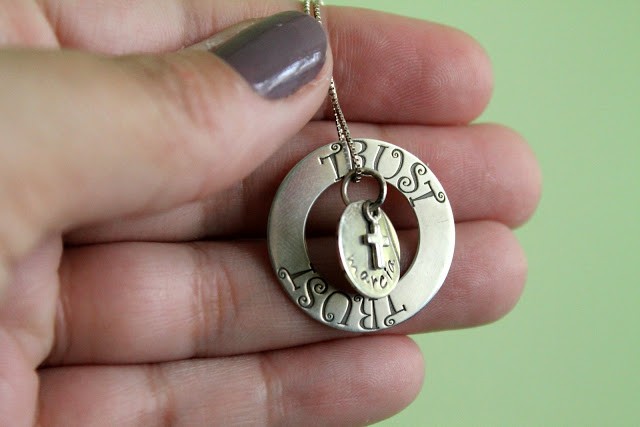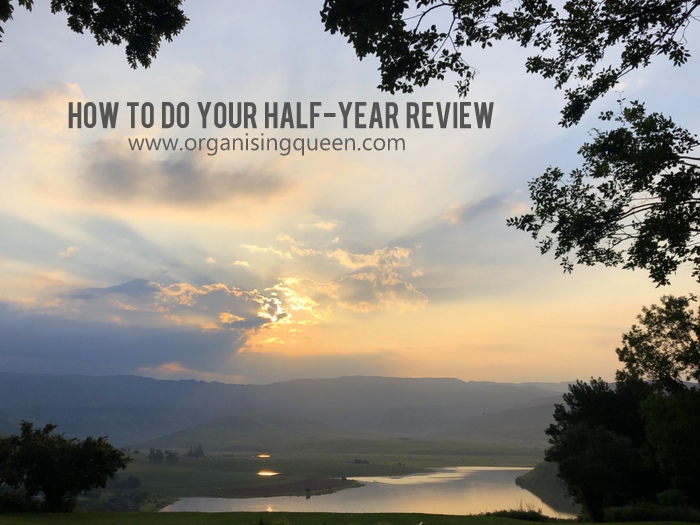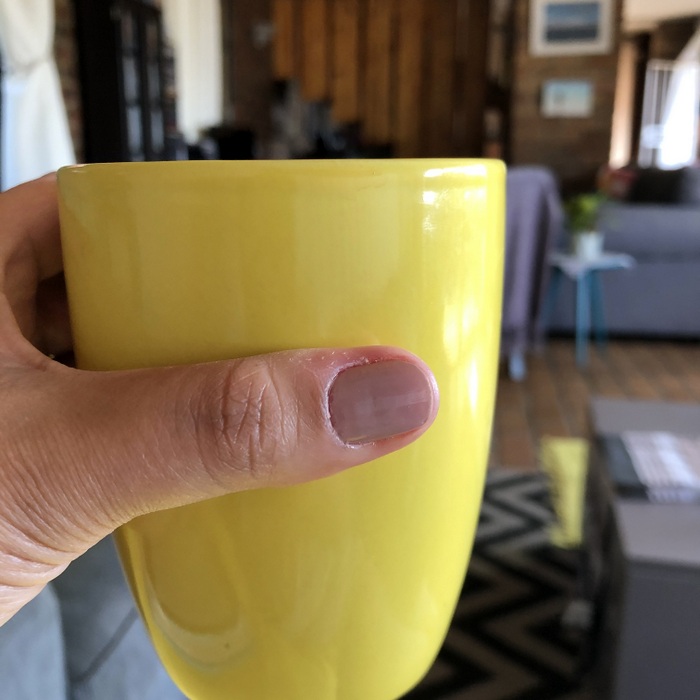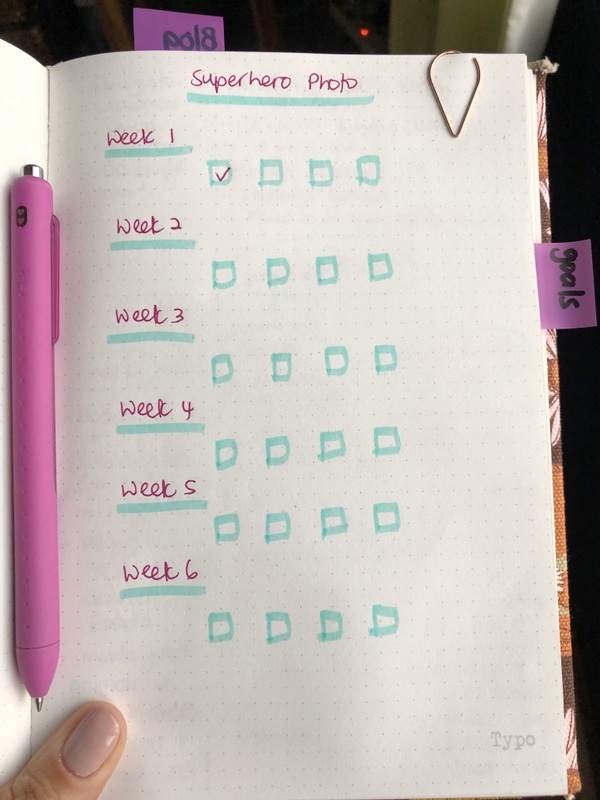It’s all very good and well to choose a word of the year but sometimes I ask people a few months in, “how’s your word of the year going?” and they can’t even remember their word.
Don’t feel bad if this is you; it is very normal but that’s not to say we should accept that, throw up our hands and just leave it be.
My 14 words from 2009 to 2022
- 2009 – simplify
- 2010 – consolidate
- 2011 – courage
- 2012 – create
- 2013 – trust
- 2014 – shine
- 2015 – enough
- 2016 – joy
- 2017 – give
- 2018 – fun
- 2019 – bold
- 2020 – light
- 2021 – play
- 2022 – delight
After 14 years of me choosing and living with a word, I’d like to share a few things that work for me:
- Set your word as your screensaver/ password or desktop wallpaper on your laptop or phone
Out of sight means out of mind. If you have to type in that word as a password several times a day, it will stick. If you see it as your wallpaper on your phone when you reach for it 80 times a day (or so the stats say), you’ll start to remember it.
2. Make a policy for yourself around your word
E.g. if your word is connect, then maybe you’d say, “every time someone asks me on a friend date, I will say yes”. When my word was fun, I weighed up every commitment with “does this sound fun?” If it didn’t, I declined. My policy this year is to stop and take the picture (a sure source of delight to me afterwards even if I don’t feel like it in the moment)

3. Set goals for your word
Ask yourself monthly, “how can I _________ this month”. Where do I need a reminder that I am enough? Where can I take delight? How can I be brave? What needs to be nourished and how am I going to do it? Who can I connect with? What can I create?
4. Review how you did at the end of every month
On a scale of 1 – 10, how much did I move? Did I take enough action? Did I rest enough? is there enough balance? And so on. Use your word and make changes for next month if what you were doing wasn’t working.
Set a reminder in your phone otherwise you will most likely not remember. I call the last day of every month Goals Night for this very reason.

5. Stay open to your word
Yes, I just said in 3 above to set goals, but also stay open. Sometimes the need for your word will appear in unexpected ways. Last year my word was play and I have not worked as hard at my job in many many years. There was a need for me to remember to play. See? My 2016 word was joy and that was the year we bought this house and struggled to sell the previous one. I had to choose joy in those 3 months!
Bonus – buy a piece of jewellery or art
I have many necklaces and rings that remind me of my words through the years. I also bought a piece of art off etsy one year for courage.





































